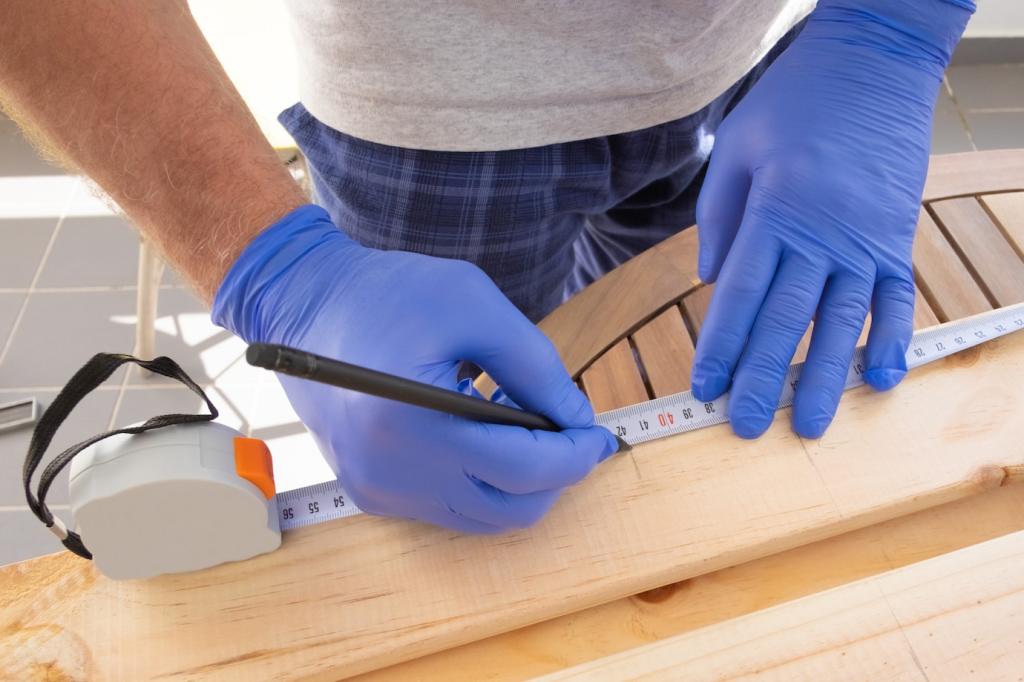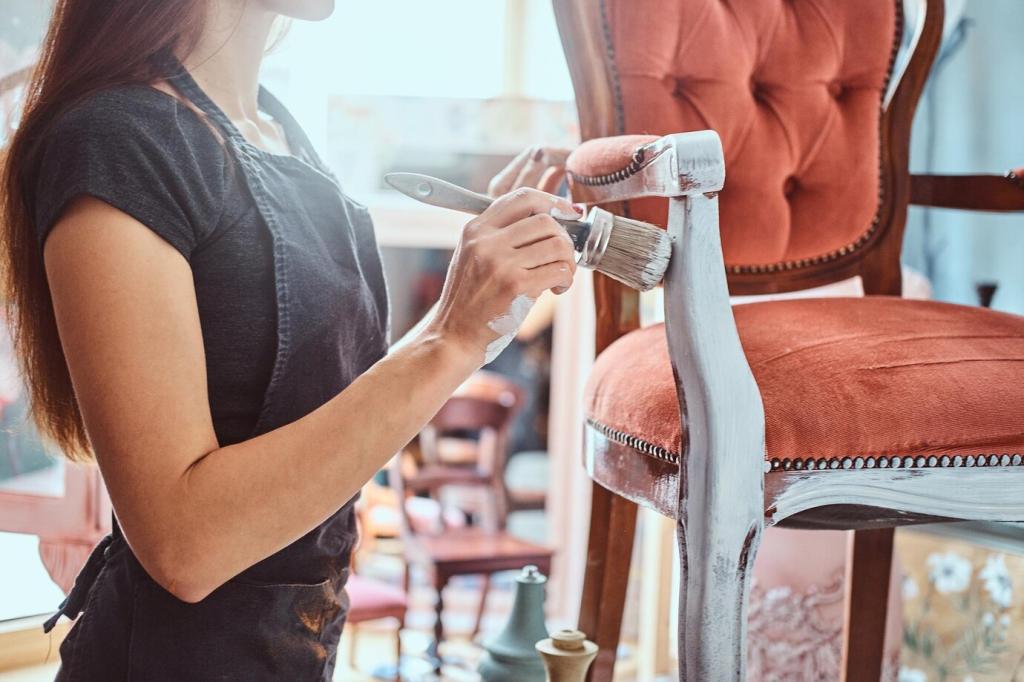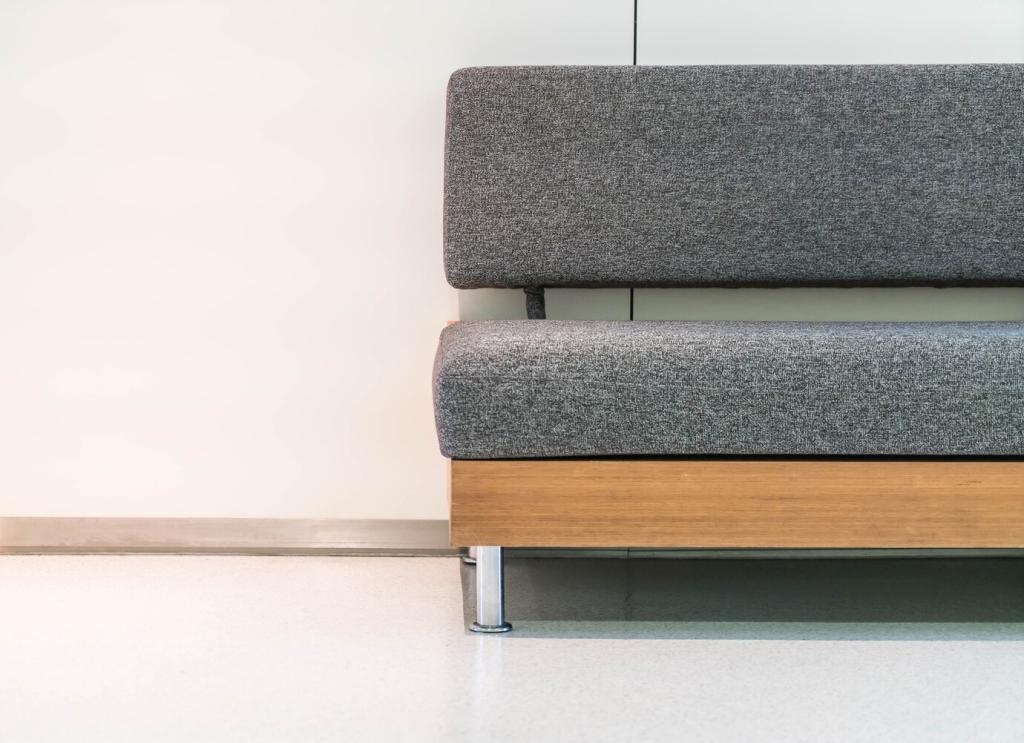Repair, Restoration, and Respectful Patina
Steam out dents with a damp cloth and iron, then blend color with wax sticks or dyes. Resist over-sanding broad areas; you can erase decades of prized patina. Share before-and-after photos to help others judge when to intervene and when to simply let character shine.
Repair, Restoration, and Respectful Patina
Use clamps, splines, or Dutchman patches for cracks that threaten integrity. Match grain thoughtfully so repairs age gracefully. Where original design is significant, prioritize reversible solutions that future restorers can understand, maintaining the piece’s lineage and maker’s intent.







